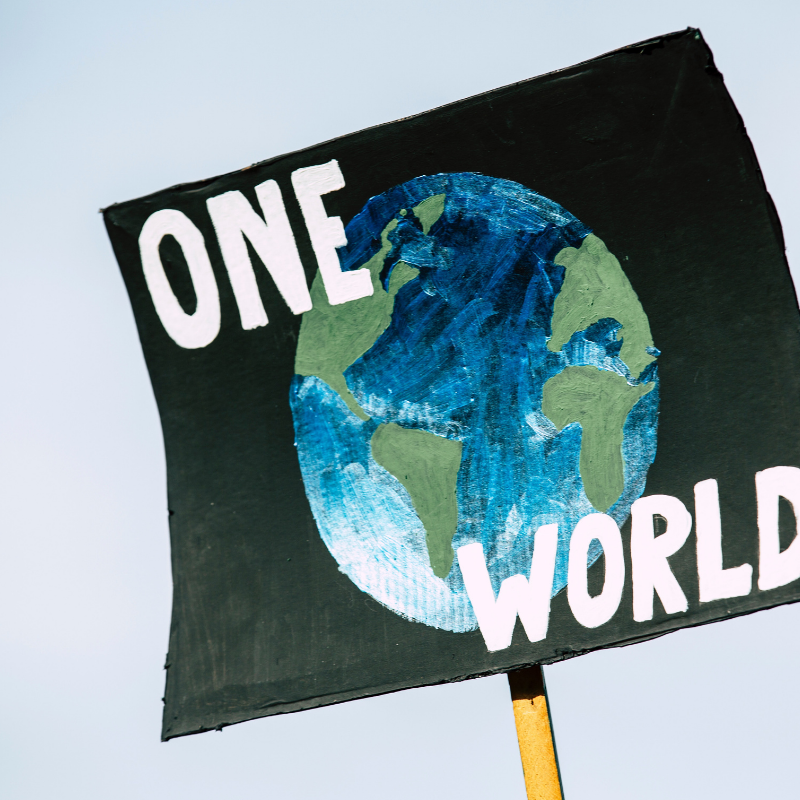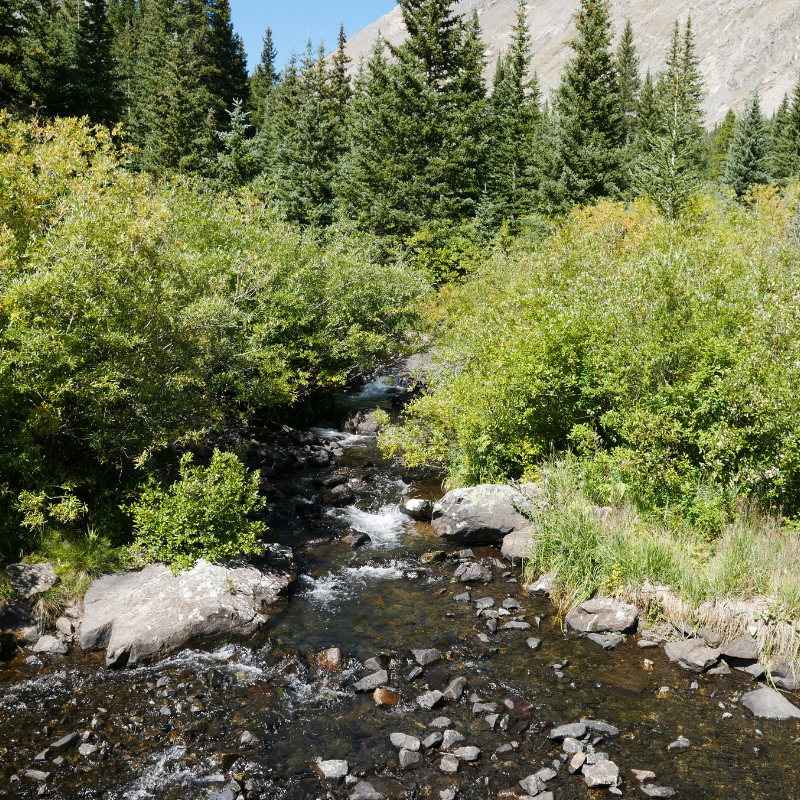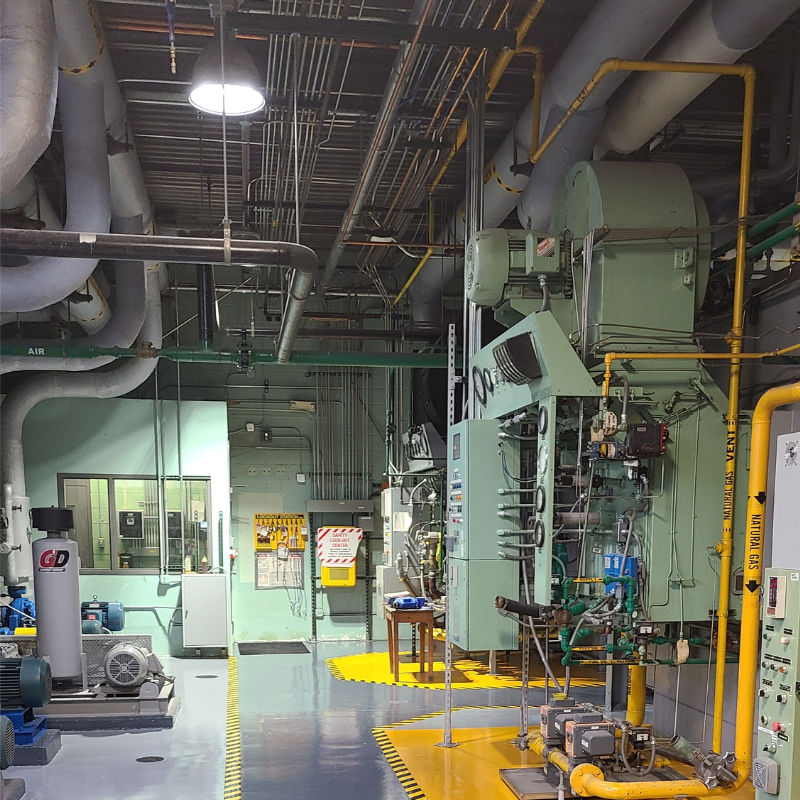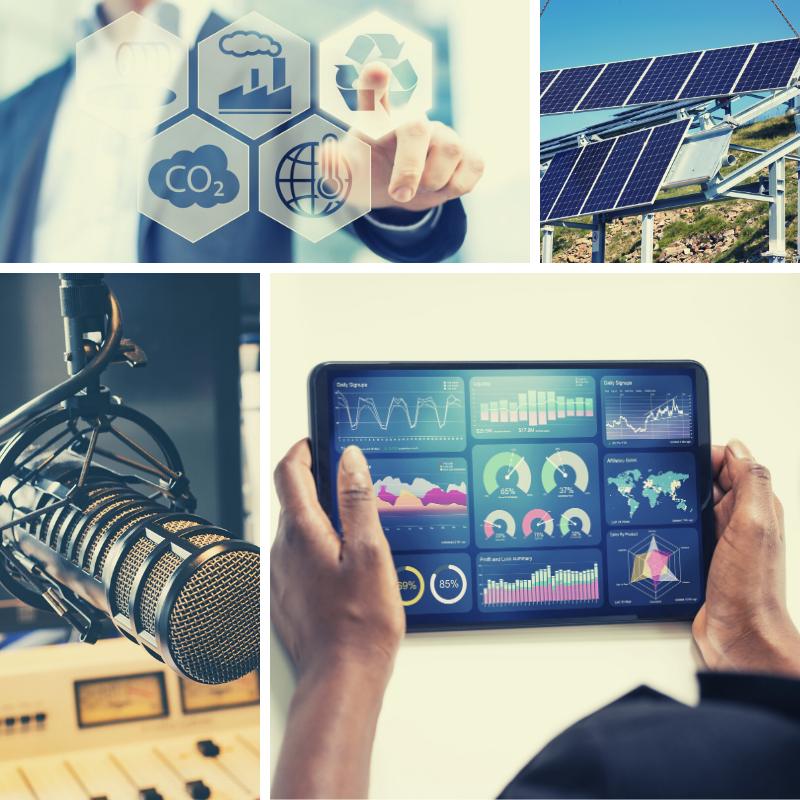Looking Beyond the Solar Panels: A Facilities Services Lens
As the SDGs highlight, this is work that happens everywhere. With that in mind and building on the successes we’ve seen this past year even amid the ever-present challenges, we continue to highlight and celebrate the sustainability work that happens across the Colorado College campus.
An obvious place to look for sustainability successes is within Facilities Services. Probably the most easily understood sustainability efforts we’ve undertaken over the past decade are the things we’ve done to reduce our energy and water use; these fall squarely within the daily work of the folks in our Facilities Services department. Whether it’s the fact that we’ve reduced our total energy usage by over 30 percent since 2008, or that we’ve reduced our water usage by nearly 45 percent (both of these reductions despite the fact that our total campus square footage has grown by 8 percent during the same time frame), the way we operate our campus is inherently understood to be a part of our sustainability strategy.
But looking at the SDGs and what we know sustainability to include, there are plenty of reasons to celebrate the work of the many people who work – often behind the scenes – in Facilities Services as sustainability efforts.
For example: It’s easy for many of us to understand how the Transportation Office impacts our greenhouse gas emissions. And in fact, the Transportation Office has offset all of the emissions from its vehicle fleet since 2018 (Sustainable Development Goal #13 – Climate Action). But how many of us have considered the unparalleled access it provides our students (especially in non-pandemic times) to a quality education by providing them with field visits and travel to conferences (Goal #4 – Quality Education)? Transportation Director Bob Winkelblech has also mentored and helped educate students who were working on special projects – like installing a vegetable-fueled system on the Veggie Van - rounding out their classroom experiences.
The Landscape and Grounds professionals keep our campus in immaculate shape, but they do so with plants that are climate appropriate (Goal #13 – Climate Action), that filter and purify water that would otherwise run off parking lots and streets and into adjacent Monument Creek, (Goal #14 – Life Below Water) and that provide habitat for insects, arthropods, birds, and more (Goal #15 – Life on Land). They employ CC students through work study, helping provide an equitable way for students to fund their education while teaching them about the different aspects of horticulture on campus (Goal #4 – Quality Education; Goal #10 – Reduced Inequalities).
The Carpentry Shop impacts similar SDGs through its work and engagement with students. Dan Crossey (pictured above) is one of CC's carpenters/cabinetmaker and works with students on class projects as well as on construction projects across campus through work study. Says Crossey: “I have always thought that we are not training our students to do projects, but that we are showing them how to be problem solvers in an arena outside of their norm. Before you can solve any problem, you must understand it; and by coming out with me to discuss the work we need to do with a particular employee or department they get an early look at what we need to address. Today we may only have fixed a door or levelled a desk, but someday they will be developing a vaccine... Also, I think when any student, no matter what field they go into, will see things differently when they are intimately aware of what really goes into creating some of our everyday objects. A potter knows the value of a plate or a bowl, we woodworkers know the value of a chair or a house. We may be able to be less wasteful when we value things more realistically” (Goal # 12: Responsible Consumption and Production).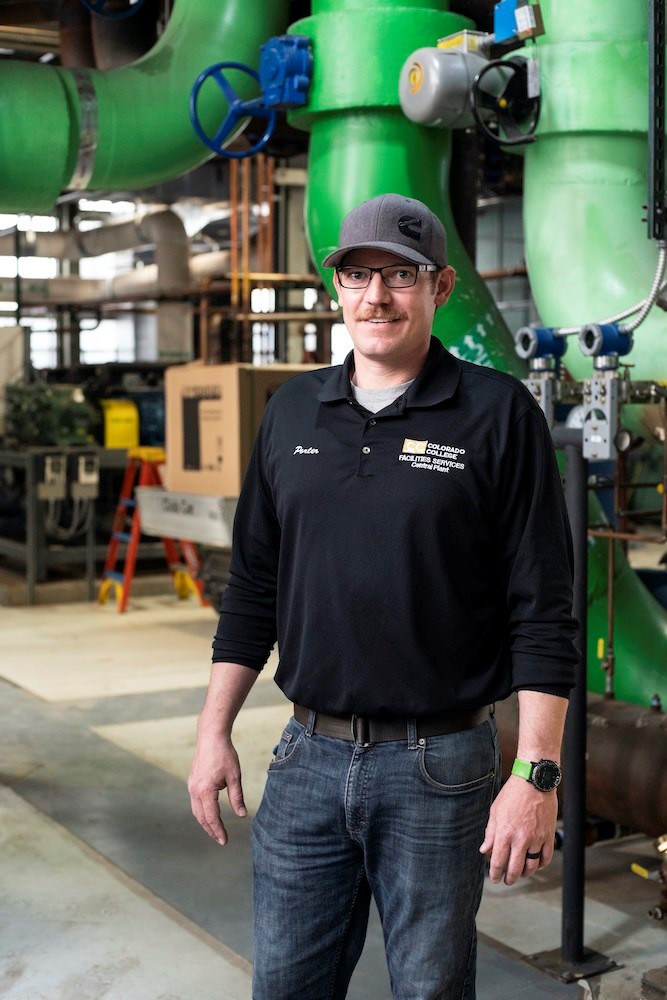
The folks at the Central Heating Plant hope that their work is some of the least known across campus. After all, if the Plant is running smoothly, it’ll all happen behind the scenes and you’ll rarely notice. It’s usually only when a space is without proper heating or cooling that they become actively involved in the scene. Justin Porter is the Central Plant supervisor (pictured to the right). Porter welcomes classes to visit the plant to see how CC utilizes energy to meet the needs of the campus – from heating and cooling to hot water and sanitation. In addition to being the site of one of the largest water-saving efforts on campus (Goal # 6: Clean Water and Sanitation), it’s also the site of a lot of the innovation in energy savings (Goal # 13: Climate Action; Goal #9 – Industry, Innovation, and Infrastructure). “2021 should be a great year for the Central Plant,” says Porter. “We look forward to making even more changes and finding new solutions to our operations in support of CC’s sustainability effort.”
Other shops have supported the efforts to keep the campus safe during the pandemic (Goal #3 – Good Health and Wellbeing). Environmental Health and Safety was central to the efforts to procure and distribute PPE – masks, gloves, hand sanitizer, plexiglass barriers, etc. The professionals in the Plumbing shop have safeguarded against threats like legionella that can grow in plumbing systems that aren’t used – say during a pandemic shut down - and have been critical to the wastewater testing program to track COVID outbreaks on campus.
We’ve added geothermal heating and cooling both under Tava Quad and the East Campus Housing and are continually increasing the amount of solar energy used on campus (Goal #7 – Affordable and Clean Energy), something we readily recognize as sustainability, but this only tells part of the story. The examples above give a glimpse into the ways in which Facilities Services support many of the Sustainable Development Goals that CC and the Office of Sustainability espouse and are working toward. Our aim is to highlight some of these efforts as – yes – sustainability work and celebrate the ways many of us are making our campus more sustainable every day.
By Ian Johnson
Special thanks to Dan Crossey and Justin Porter



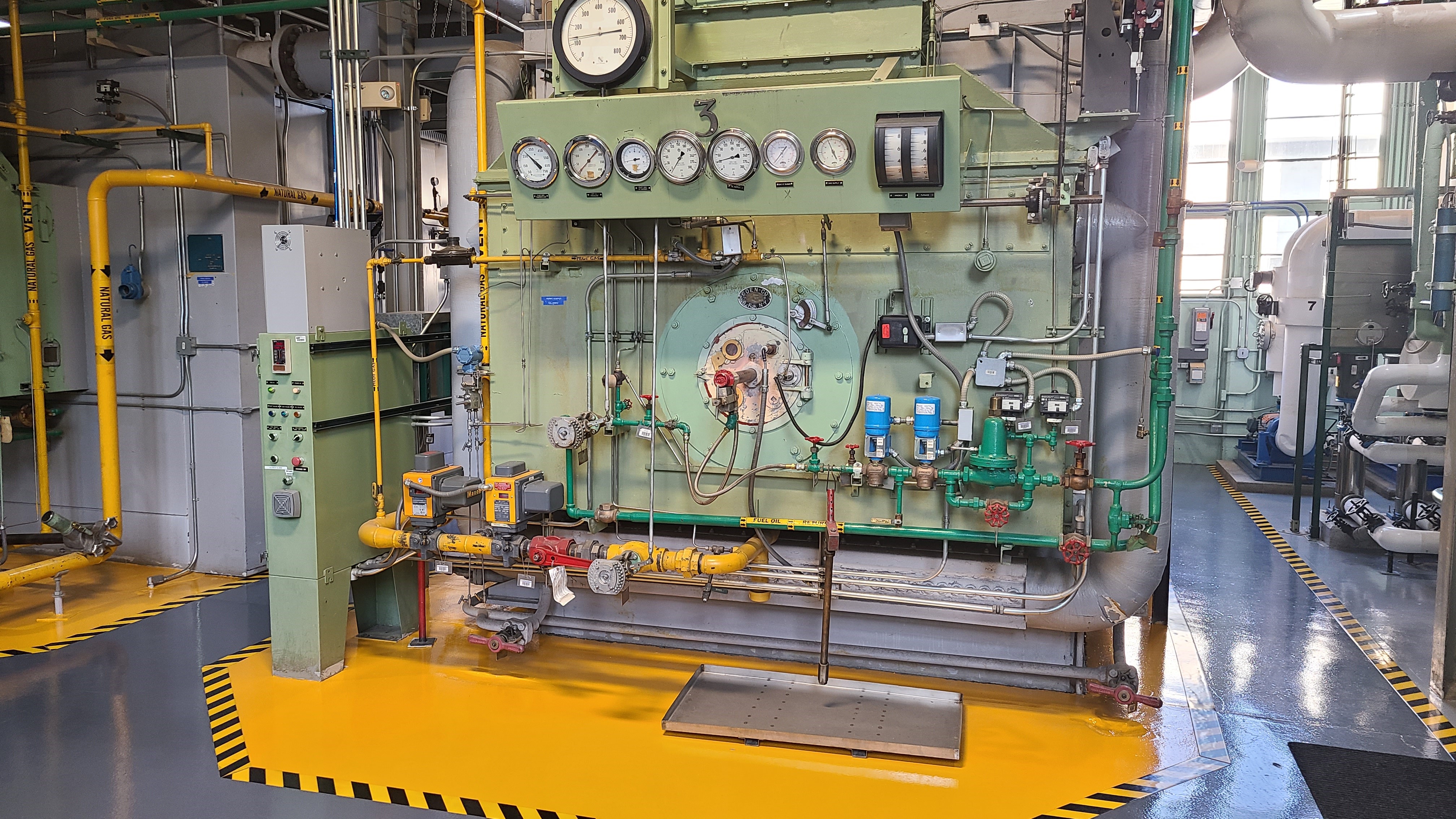
![Dan Crossey with a CC student in the workshop. <span class="cc-gallery-credit">[Dan Crossey]</span>](../../_images/capentry-shop.jpg)
![Jeff Carlson from the Paint Shop with then student Frances Heiss '15, now a carpenter in the Carpentry Shop. <span class="cc-gallery-credit">[Dan Crossey]</span>](../../_images/paint-shop.jpg)
